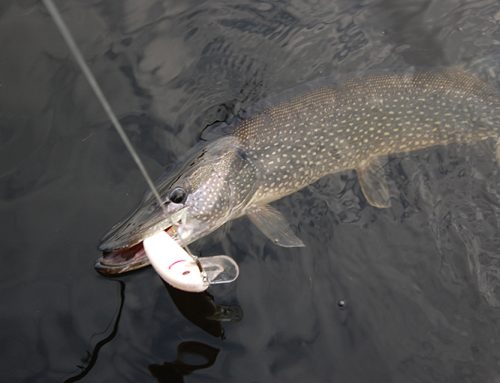
Though balloons usually mean happy times, sometimes the sight of them is no cause for celebration.
That was the take-away after two biologists found a disturbing number of balloons along a stretch of Lake Erie, each a potential threat to fish and wildlife.
Leanne Grieves, a McMaster University postdoctoral fellow, and fellow biologist Ryan Leys collected 380 balloons from a seven-kilometer stretch of beach near the tip of Long Point between June 5 and 17. Leys continued the work and collected another 163. The balloons in question were the shiny mylar helium-filled kind, usually used to celebrate life events.
Plastic consequences
Balloons can clog the digestive tract of animals, including fish, reptiles, amphibians, birds and mammals that mistake balloons or fragments of balloons for food, leading to starvation. Wildlife can also become entangled in the ribbons and string that balloons are frequently released with.
Grieves estimated that as many as 960,000 balloons could wash up on the shores of Lake Erie every year. These balloons are slow to degrade and ones with metallic coatings could cause a short circuit or fire when contacting power lines.






Leave A Comment